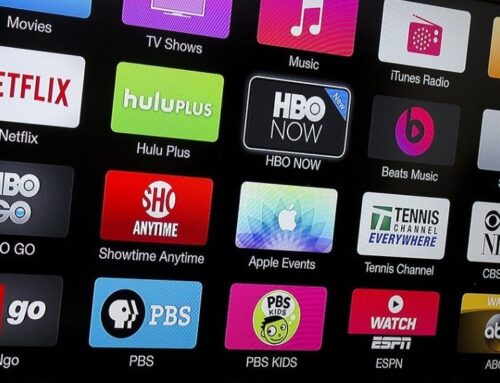Top 3 TV Strategies any Healthcare Organization can use to Build Loyalty, Awareness, Engagement and Ultimately Bring in New Patients.
All three of the below strategies are the foundation of a strong television campaign. The execution of a direct response television campaign is built to cost effectively build your brand, awareness, loyalty, engagement and deliver more patients to your institution. For over 30 years healthcare brands have been profitably utilizing direct response television (DRTV) to advertise their hospitals, clinics, healthcare institution, medical equipment, health insurance plans and/or surgery centers.
1. Formula Based Creative
a. Creative developed around the brand promise providing a compelling/arresting opening
b. Capitalize on the healthcare organization’s reason to believe. This can be most effective with testimonials and/or expert endorsers. Cultivate a creative strategy that demonstrates and rejoices the challenges the consumer may face every day and then why your brand is the solution.
c. Develop creative that builds on the brand to maximize loyalty and buying behavior resulting in competitive differentiation and market share growth
d. High-impact visuals to cement the campaign with physicians and potential patients
e. Provide a call to action and offer that is meaningful to the consumer. For example, a free MRI review, no obligation consultation, free treatment, call or go online to find out more; or many other options that would be relevant to the specific brand.
f. Encouraging consumers to visit your website is critical to growing your brand engagement. Ensuring the consumer experience is seamless, easy, informative and best represents your brand promise is imperative.
g. Companies such as AARP, Shriners Hospital for Children, Moffitt Cancer Center and Laser Spine Institute are just a few healthcare brands that deliver on this creative foundation.
2. Cost Saving, Targeted Media
a. Develop a media mix with television (video) as the champion because TV delivers the highest reach. Surround television with a suite of other media that best fit the goals, budget and target sets of the organization.
b. Purchase programming that profiles the target demo and programming/ pricing that is supported by extensive research.
c. With local market goals, focus on key locations, including near facility and competitors in order to have a high-impact to continually emphasize the campaign.
d. If the company has the ability to run national television (video) develop a national campaign with goals developed specific to the targets and individual executions specific to those targets. National cable delivers CPMs (cost per thousand) substantially lower than local TV media therefore if the advertiser has the ability to air media nationally they should air nationally. The goal should be to deliver a CPM under $5.00 with a national cable television plan.
3. Implement Tracking Mechanisms and Baselines prior to any media launch.
a. With the call to action and offer clearly defined in the creative, the foundation of the analytics should take shape. Whether the institution is tracking a lift in responses to their website, growth to walk-in traffic, growth in new appointments or overall growth in new patients, the metrics should be set up and tested prior to campaign launch.
b. Real-time access to the performance of your campaign is going to be critical as you monitor your media spend. Media optimizations based on the analytics should be occurring daily to ensure you reach the goals you established pre-launch. Ensure you have access to your data and performance in a format that is usable to you.
c. A baseline of your business before campaign launch commands attention, and thoughtful time. This baseline is going to provide the starting point to prove all the hard work has paid off. Constant monitoring and evaluation of real-time performance against your baseline will provide leadership the evidence that the campaign you have invested funds and resources has more than paid for itself.
Direct Response Television (DRTV) has been accountable, predictable and actionable since the 1980s and continues to deliver on that promise. For brands that are especially scrutinized to be fiscally responsible there is no other television execution for them other than direct response television (DRTV).





